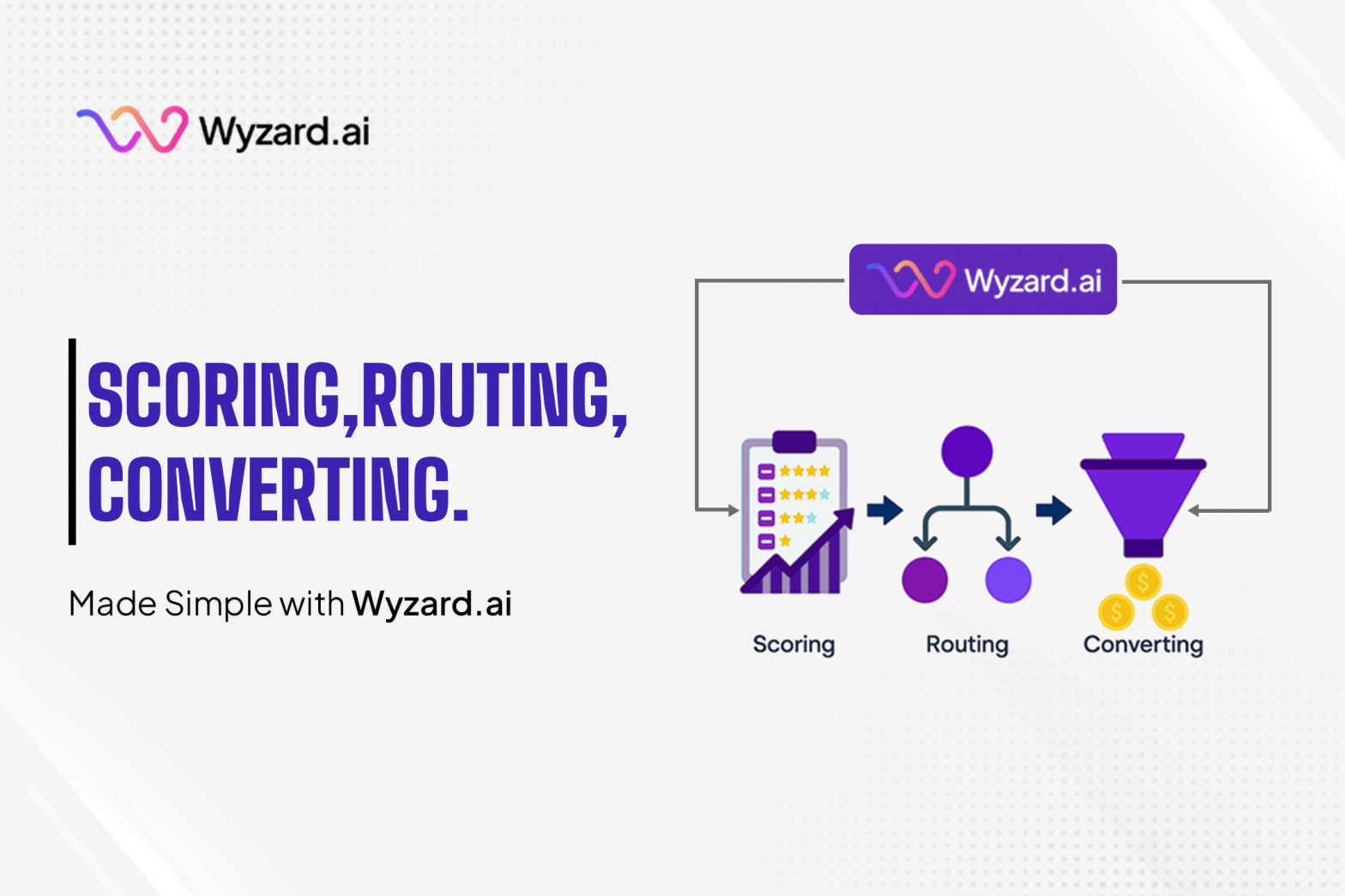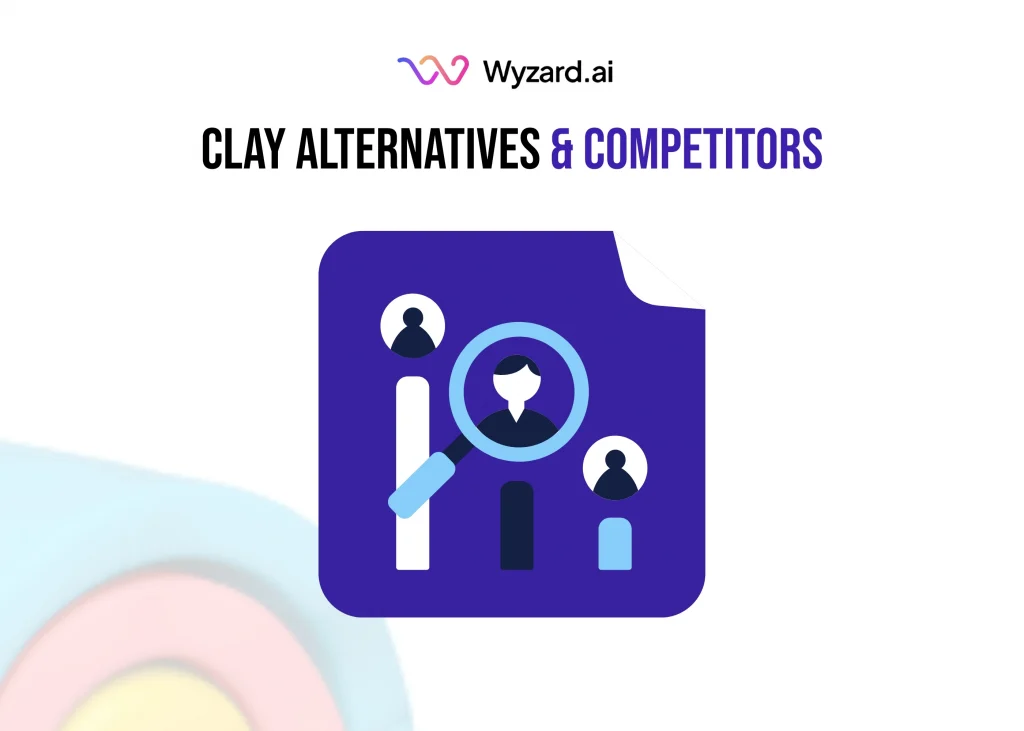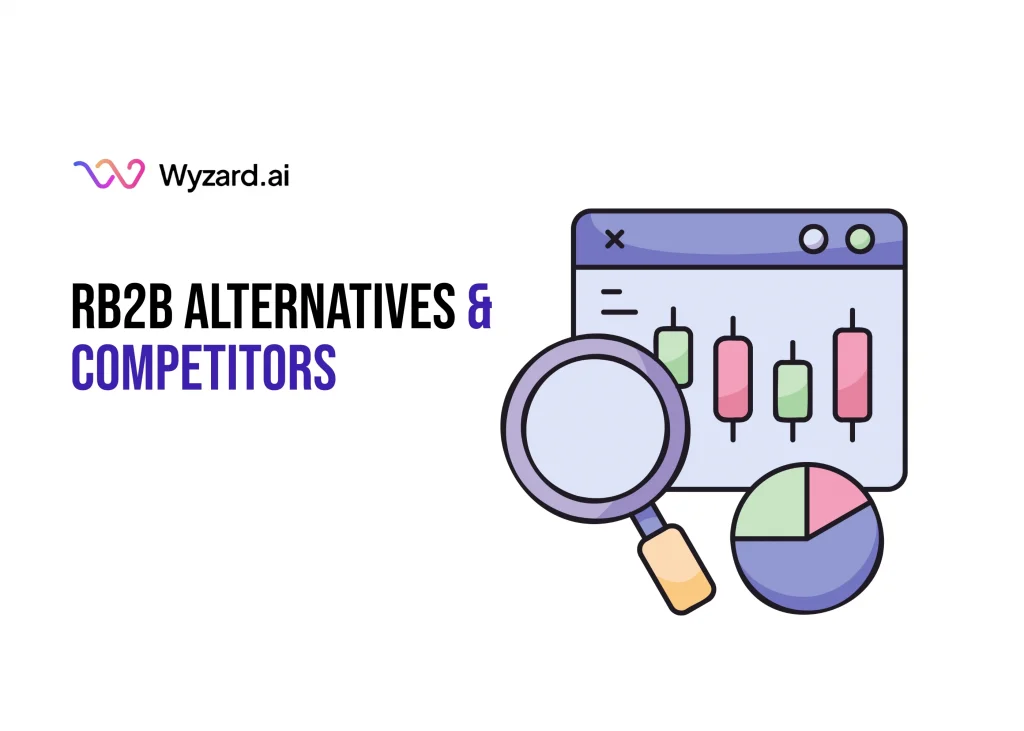Wyzard.ai has raised a $500K angel round backed by leading industry executives and tech veterans. The mission: help ...
Signal Taxonomy: Define, Score, Standardize How Teams Name/Score and Route Buyer Signals


Subscribe Now
CMOs are not short on data. The problem is timing and coordination. buyer intent signals arrive from every direction, yet they rarely trigger a fast, consistent follow-up across teams. We’re Wyzard, the Signal-to-Revenue AI. We capture these signals the moment they happen, connect your GTM stack, then orchestrate the next best action across channels so interest becomes pipeline, not clutter.
Why the lack of a shared language creates revenue drag
Without a common taxonomy, marketing names buyer intent signals one way, Sales interprets them another, and RevOps tries to reconcile both inside the CRM. The result is slow handoffs, inconsistent scoring weights, and reps chasing noise while real opportunities cool. This gap matters. Gartner reports that 75% of B2B buyers prefer a rep-free experience; if you do not act quickly and coherently when these signals fire, the moment passes before a human ever gets involved.
Speed still wins. Harvard Business Review found that companies contacting a lead within an hour were nearly seven times more likely to qualify that lead compared with those who waited longer. A signal seen late is a signal lost.
What a signal taxonomy is, and why leaders need one
A signal taxonomy is a standardized schema for naming and classifying buyer intent signals so every team reads from the same page. It aligns four essentials:
- Clear names, for example, “Webinar_Attended” vs “Webinar_Registered,” so these signals are unambiguous.
- Agreed scoring weights, so a pricing-page view and a product-tour completion carry the right relative value.
- Defined routing tiers, so high-priority signals go to an SDR immediately, while research-stage actions flow into nurture.
- A priority matrix tied to funnel stage and account context, so actions are predictable, measurable, and auditable.
With this foundation, these signals become a reliable operating system for the revenue team instead of a stream of disconnected alerts.
Omnichannel matters more than ever
Treat buyer intent signals as a fabric stitched across moments: a visitor comparing plans on your site, a badge scan at your event booth, a click on a LinkedIn ad, a question asked during a webinar, or a reply to a nurture email. Wyzard, the Signal-to-Revenue AI, captures each of these signals, enriches them in real time, and uses WyzAgents to trigger chat, email, LinkedIn, or voice outreach with human oversight. Website visitors, PPC responders, webinar attendees, and event leads get the right next step without delay.
A CMO’s view: from noisy signals to reliable action
Picture a high-growth SaaS CMO weighing two competing priorities. Pipeline needs a lift this quarter, yet the team is drowning in inconsistent signals. Marketing sees content downloads as hot, Sales only trusts demo requests, and RevOps maintains three scoring models to keep the peace. Meetings slip because follow-ups are not synchronized.
After implementing a shared taxonomy, the picture changes. Buyer intent signals are labeled the same way in every tool. Scoring weights reflect the buying journey, so an “Attend_Webinar” plus a “Pricing_Page_View” hits a qualified threshold only when the account matches ICP and recency is high. Routing tiers push top signals to an SDR within minutes, while research-stage interest moves into nurture with context. The priority matrix clarifies what triggers a meeting invite, what merits a product resource, and what simply needs monitoring. Reps spend time where intent is real. Marketing trusts the model. RevOps stops translating definitions and starts improving them.
Wyzard.ai makes this flow practical. The platform listens for signals from your website, your marketing automation, your webinar platform, your ad platforms, and your event tools. When signals cross a defined threshold, WyzAgents respond across chat, email, LinkedIn, or voice, and they log every step back to the CRM so leaders see how each signal converted.
Turning intent into campaigns, not just alerts
Signals should trigger useful sequences, not just tasks. That is why Wyzard includes Goals. When a GTM owner specifies a goal, for example “re-engage product-qualified accounts that stalled after a pricing-page visit,” Wyzard generates a channel-appropriate email sequence, schedules it to the selected contacts, and sends at the scheduled time. Follow-ups, product launches, and warm-ups for cold leads all activate from the same place. Goals ties the priority matrix to outreach you can run today, so buyer intent signals evolve naturally into conversations and meetings, not backlog.
Practical guidance to standardize signals
You do not need a massive project to start. Anchor your taxonomy in the buyer journey and bring Marketing, Sales, and RevOps to the same table.
- Name and describe your top fifteen buyer intent signals. Include source, recency window, and how each should be combined with others.
- Agree on initial scoring weights. Weight compound behavior higher than isolated clicks. Keep the model transparent so teams can debate changes with data.
- Map thresholds to routing tiers. For example, meeting-worthy, human-follow-up, automated nurture.
- Build the priority matrix that pairs each tier with a next action across channels. Blend automation and human touch, then review outcomes weekly.
As your model matures, add account context and product usage so these signals tell a fuller story. Wyzard centralizes this learning. It connects your CRM and MAP, watches for these signals across website, events, webinars, PPC, and social, then enforces your rules in real time.
What results to expect
Once buyer intent signals are standardized and routed consistently, two things usually happen. First, response times compress because fewer hands are involved. Second, qualification rates improve because your team focuses where interest is proven. The combination fits market dynamics. Buyers want the flexibility to research and purchase in many channels, yet they still reward the supplier who acts quickly when interest peaks.
Why Wyzard.ai
Most teams have the right tools, yet they miss the moment when a buyer is actually interested. Wyzard is the Signal-to-Revenue AI that closes this gap. We capture buyer intent signals live, stitch them to account and contact context, and trigger the right action through WyzAgents across chat, email, LinkedIn, and voice, all with human oversight. That is how fewer leads get lost, engagement happens faster, and revenue becomes more predictable.Ready to see buyer intent signals turn into meetings and pipeline across every channel you run? Book a demo and see Wyzard, the Signal-to-Revenue AI, in action.
Other blogs
The latest industry news, interviews, technologies, and resources.
October 24, 2025
Clay Alternatives & Competitors
For B2B SaaS marketing teams, the right sales intelligence platform can make the difference between hitting revenue targets and ...

RB2B Alternatives & Competitors
When your GTM team loses leads because buyer signals get scattered across disconnected tools, you're not just missing opportunities, ...

 We’ve secured funding to power Signal-to-Revenue AI to GTM teams globally. →
We’ve secured funding to power Signal-to-Revenue AI to GTM teams globally. →



